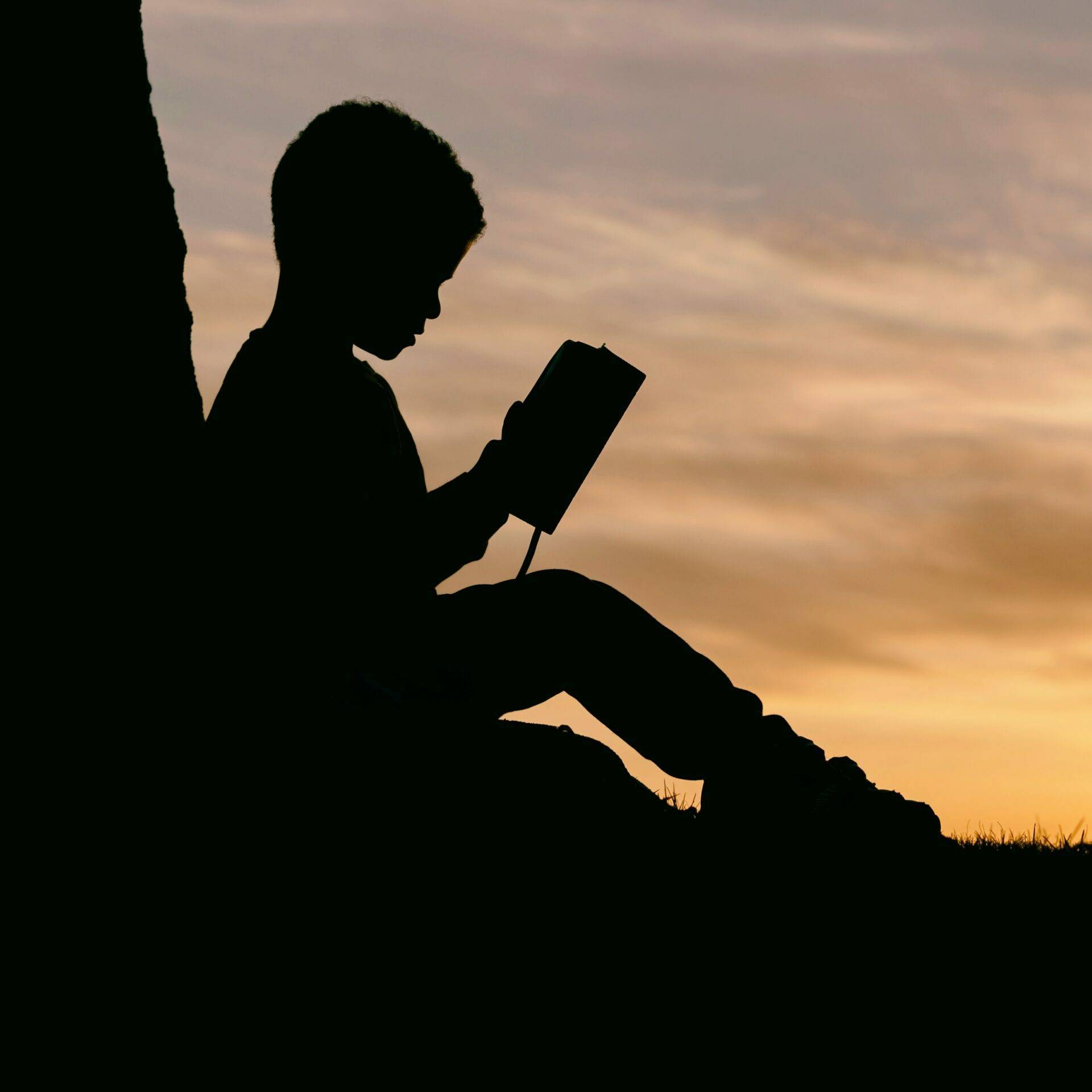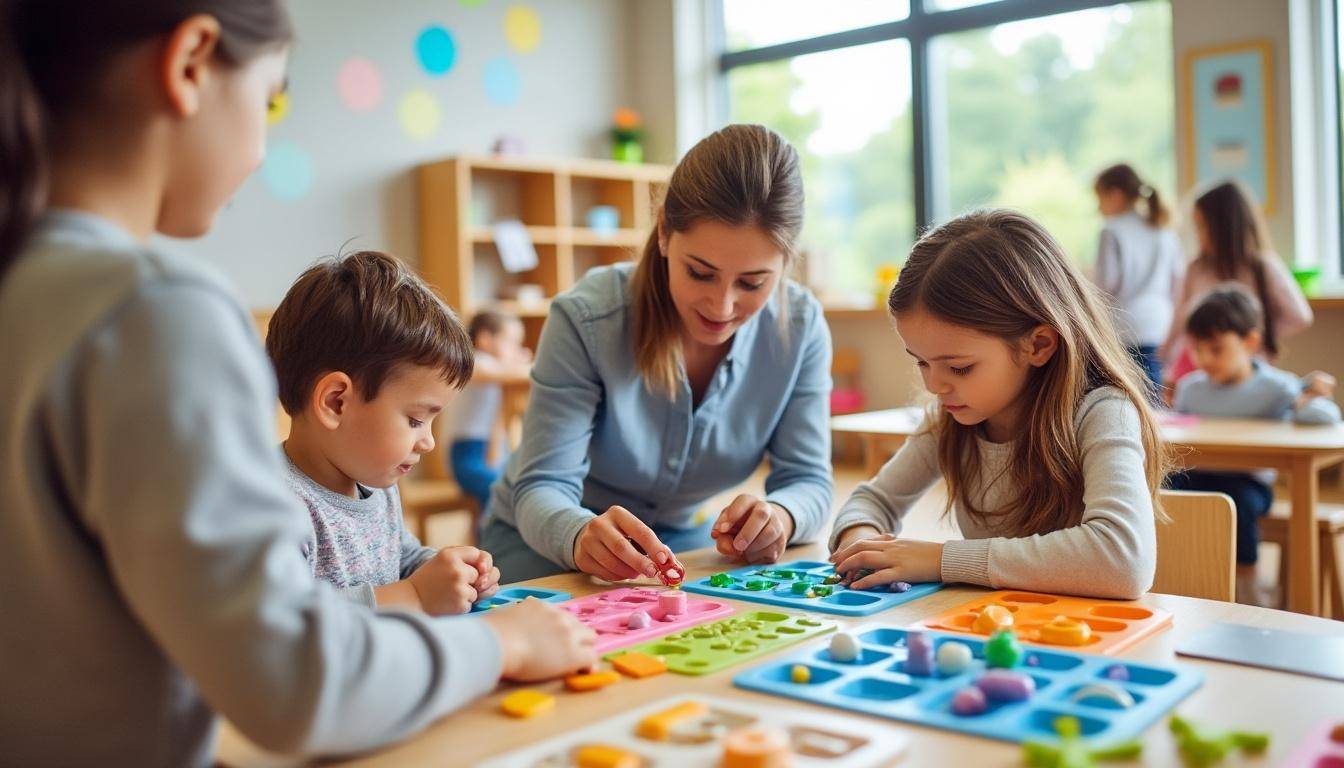Innovative Educational Tools for Visually Impaired Children: Bridging Accessibility Gaps in Early Learning
At the forefront of inclusive education for visually impaired children, specialized child care centers like the Blind Children’s Center in East Los Angeles have pioneered innovative learning environments. These spaces are equipped with adaptive tools that focus on sensory engagement beyond vision, which plays a critical role in fostering early cognitive development and independence.
The center utilizes a range of tailored resources such as light boxes emitting neon green hues, designed to accentuate contrast and aid children in recognizing shapes and colors. Complementing this are technologies like the BrailleSense and Mountbatten Brailler, which facilitate braille literacy development through tactile feedback and interactive writing.
- Use of tactile and olfactory experiences including real objects like apples and pumpkins
- Integration of braille learning tools such as the Orbit Reader and Perkins Brailler
- Customized lighting to accommodate children’s varied light sensitivities
- Hands-on materials promoting sensory stimulation and engagement
These adaptations ensure children with visual impairments can access quality educational experiences that align with contemporary inclusive teaching strategies, as outlined in approaches like those discussed in effective inclusive teaching techniques. By embedding sensory-rich, technology-assisted methods, the center empowers students to reach their potential despite visual challenges.
Integrating Assistive Technologies: Tools Empowering Visually Impaired Learners
Modern assistive devices dramatically enhance learning environments, transforming how visually impaired children interact with educational content. Devices from trusted brands such as HumanWare, Thinkerbell Labs, Taptilo, and APH (American Printing House for the Blind) provide vital accessibility features.
At the heart of this evolution are tools like the FeelTech tactile tablets, which simulate textures and shapes, enabling children to ‘see’ through touch. Meanwhile, Ballyland offers engaging sensory playsets that merge learning with fun, critical for early childhood development.
- BrailleSense: An advanced digital braille notetaker supporting literacy and communication
- Orbit Reader: Portable braille display for reading and writing
- Mountbatten Brailler: Facilitates braille writing and practice for beginners
- Interactive tablets with tactile feedback, improving fine motor skills and braille recognition
By incorporating these devices, educators customize lessons tailored to individual needs, improving orientation, mobility, and spatial awareness—critical components as emphasized in specialized programs such as those featured on how technology integrates into special education. For example, tactile learning combined with audio feedback supports children’s interaction with braille and shapes, building foundational skills necessary for lifelong learning.
Personalized Sensory Approaches: Tailoring Learning for Children with Visual Impairment
Recognizing the diversity of visual impairments, adaptive learning plans at centers like the Blind Children’s Center rely on detailed assessments to tailor environments and lessons. Children might face challenges ranging from complete blindness to partial vision loss affecting color discernment or light perception.
Specialists such as adaptive services experts customize student experiences by adjusting lighting, rearranging seating, or enlarging text and changing font colors to optimize readability. This is supported by research-backed strategies discussed in differentiated instruction techniques.
- Pre-braille exercises: line tracking, shape identification, and braille fingertip familiarization
- Use of tactile-based materials like Play-Doh to develop finger strength
- Environmental adaptations — mats with distinct textures to guide classroom navigation
- Parental coaching to implement narration and descriptive communication in daily routines
An example is Oscar, a student who learned his classroom layout through touch and texture cues, fostering autonomy. Physical therapy and occupational therapy are seamlessly integrated, supporting fine motor skills and mobility within inclusive group activities. This holistic approach aligns with the philosophy that education should be accessible for all, a concept explored on UNICEF’s inclusive education initiatives.
Building Inclusive Communities: Social and Emotional Development Through Collaborative Learning
Inclusion extends beyond academics, offering vital social and emotional benefits. Centers advocate for mixed-ability groups where children with and without impairments engage in shared activities. This promotes empathy, peer support, and belonging — foundations for lifelong interpersonal skills.
Physical activities like adapted ball games celebrate individual achievements and collective participation. Neurodiverse learners, including those described in discussions on autism education setbacks, find meaningful engagement within this inclusive framework.
- Simultaneous involvement in therapy and play for holistic growth
- Family support services including counseling and hospital visitations
- Parent education programs to reduce stigma and enhance advocacy skills
- Encouragement of peer interactions, fostering social confidence as seen in student testimonials
The inclusive model not only prepares children for public school environments but also nurtures their character and independence. The success stories emerging from these settings underscore the necessity for sustained support and collaborative approaches in special education.


